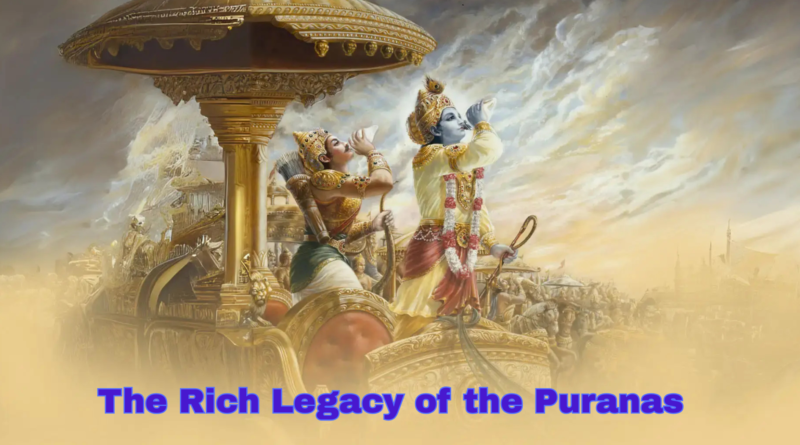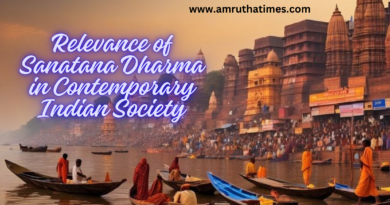The Rich Legacy of the Puranas
The Bhagavad Gita, often referred to as the Gita, is a 700-verse Hindu scripture that is part of the Indian epic Mahabharata. It is a dialogue between Lord Krishna and the warrior Arjuna, set in the midst of the great Kurukshetra war. As Arjuna faces a moral crisis about fighting his own kin, Krishna imparts spiritual wisdom and guidance, covering profound themes such as dharma (duty), karma (action), bhakti (devotion), and jnana (knowledge). The Gita is revered as a philosophical and spiritual classic, offering timeless teachings on how to live a righteous and purposeful life.
The Puranas are a genre of important Hindu religious texts that narrate the history of the universe from creation to destruction, genealogies of gods, goddesses, heroes, and sages, as well as folklore and moral teachings. There are 18 Mahapuranas and many more Upapuranas, written over several centuries. Unlike the Vedas which are more ritualistic and philosophical, the Puranas are more accessible to the common people due to their narrative and devotional nature. They include famous works like the Bhagavata Purana, Vishnu Purana, and Shiva Purana, each focusing on different deities and their divine deeds (leelas).
Together, the Bhagavad Gita and the Puranas provide a comprehensive picture of Hindu thought. While the Gita serves as a concise guide to spiritual practice and ethical living, the Puranas offer rich mythological context and devotional stories that inspire faith and illustrate the divine play. Both are central to Hindu tradition, influencing everything from daily rituals and festivals to deep philosophical discussions and cultural values across generations.





great news